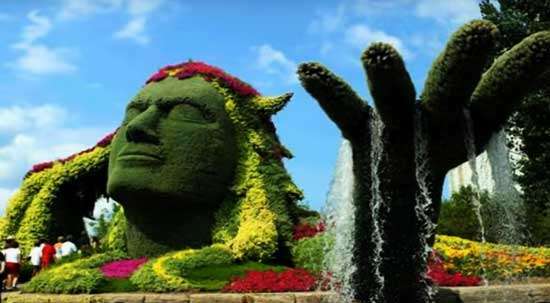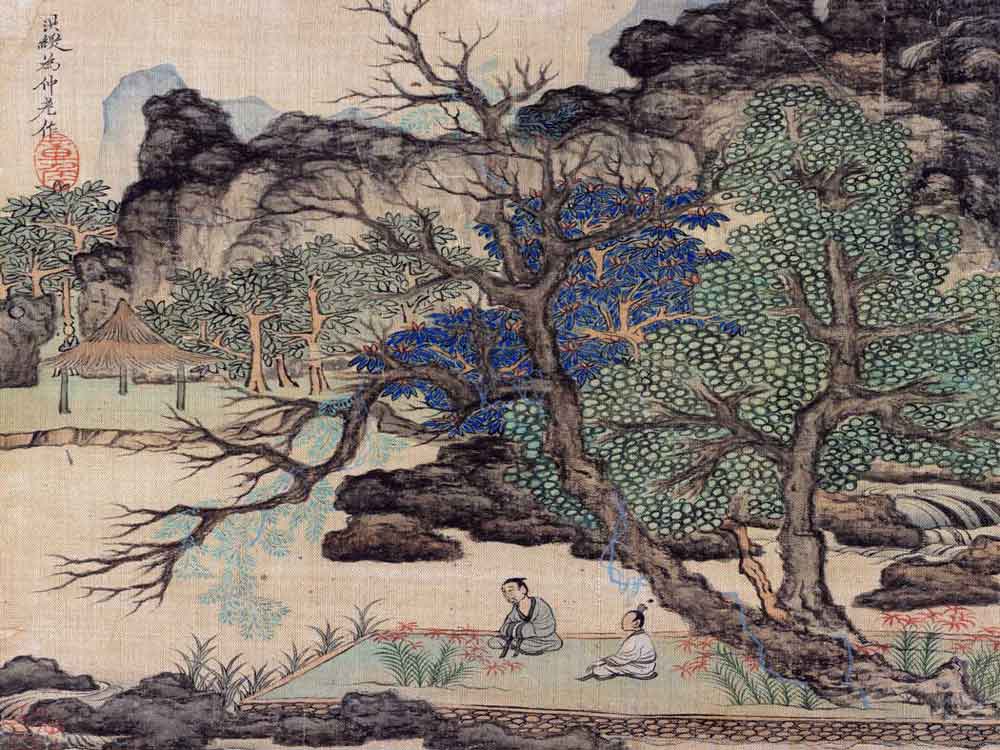New China Garden- The history of garden architecture in China is ancient. It has a good reputation in the history of gardening in the world. More than three thousand years ago, during the reign of the Zhou Dynasty, the gardens of the highest palaces in China can be seen. China’s civic parks are very rich. It occupies a prominent place among the three largest gardening systems in the world.
The style of the Chinese gardens built between the mountains and the water is characteristic. The layout of all these gardens is flexible and changeable. Apart from that, the shell of artificial and natural beauty in all these gardens is manifested as unimaginable beauty. All of these garden architectures are usually built between hills and water. The natural beauty is perfectly reflected in all these gardens.
China garden
Chinese garden architecture includes magnificent royal gardens and private gardens. In all these gardens, artificial hills, flowers, grass, tree corridors etc. have been beautifully arranged and an impressive environment has been created which cannot be appreciated in a few words. The gardens of China are divided into three stages of excellence. These three stages are administration, deity and nature.
The reality, high level of social responsibility, moral values and political thinking reflected in the Lu theory of China is reflected in the design of the garden. It is commonly found in royal gardens. This stage of excellence is reflected in the half scene in the famous royal garden Yuan Ming Yuan.
The deity stage refers to the fact that romanticism is considered a beauty when gardening, while the idea of peace, happiness, and unhappiness in Chinese family theory is reflected in China’s royal gardens, such as Yuan Ming Yuan Garden , Sichuan Chinchen Sen’s Guchandaoguan, Hubei Udansen’s Nanyengan etc.

Gardens named after famous people in Chinese history pay more attention to natural beauty. Such as Chanlan Chowki of Sushenchin of the Song Dynasty of China, Duluyang of Simaguang, etc.
The difference between Chinese gardens and Western gardens is that Western gardens emphasize the principles of geometry and mathematics and give precedence to architecture, while Chinese gardens give precedence to natural scenery and the feelings of visitors and predominate over the unity of nature and man.
Gardens of Suzhou
The ancient gardens of Suzhou, which were included in the “List of World Heritage Sites” in 1997, have centrally highlighted the artistic features of Chinese garden architecture. The history of Suzhou Gardens spans more than two thousand years. So far ten to twelve famous parks have been preserved. Most of the gardens in Suzhou are small. The gardens are made up of artificial mountains, plants, pavilions, ponds and bridges, with a limited range of artificial mountains, plants, fun of birds, fun of birds and poems written during the Tang Dynasty and Song Dynasty. Among the famous garden architecture are Chan Lan Thin, Si Chi Lin, Chuo Chen Yuan, Liu Yuan, etc.
Yuan Ming Yuan
The architecture of Yuan Ming Yuan in Beijing, known as the “Garden in the midst of a thousand gardens”, is one of the most famous royal gardens in China. The architecture inside the garden was very beautiful. Yuan Ming Yuan was not only one of the most beautiful palaces in the temporary residence of the emperor of China at that time, but also had a great reputation in Europe. It also had a significant impact on the development of landscaped gardens in eighteenth-century Europe. In 1860, the combined forces of invading Britain and France burned this beautiful Yuan Ming Yuan.

The ruins of Yuanmingyuan Park are located on the western outskirts of Beijing. Generally, Yangminyang Park means the two branch gardens of this park – Chhanchun and Chichun (Wanchun Garden). So this garden is called ‘Yuanmingyuan Three Gardens’. The park is the largest of five gardens on the west coast of Beijing in the Qin Dynasty. The area of this park is 347 acres. These five parks are: Shansen Qinjiang, Yoshien Qinmin Yang, Wasiusen Qinjiang, Yangmiyang and Chashun Yang.





